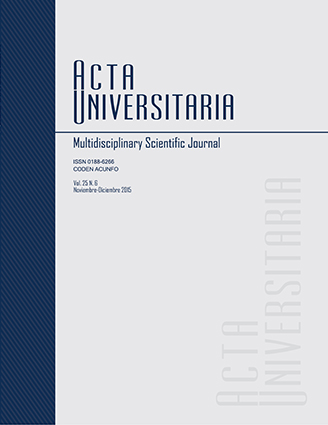Scientific literature on arthropods associated with corpses: an observational study
Published 2015-12-15
Keywords
- Entomología forense,
- Coleóptera,
- Díptera,
- Intervalo post mortem,
- modelo biológico.
- Forensic entomology,
- Coleoptera,
- Diptera,
- post mortem Interval,
- biological model.
How to Cite
Abstract
An electronic search was conducted on the arthropods diversity associated with corpses and its importance for the forensic science. The research included five databases (Google scholar, SciELo, Redalyc, ScienceDirect, and ISI Web on-line) using six research words both Spanish and English: succession, insect, arthropods, carrion, pig carcasses, and forensic entomology. A total of 60 papers were found from1984-2013. Results showed that 55% of articles were published in five journals. United States and European countries concentrated the available information in forensic entomology. Some countries from South America, Asia, Oceania and Mexico have initiated studies on this topic. The biological model most common to evaluate the arthropods diversity in corpses was pig. Twenty two arthropod orders were reported in the literature. Coleoptera and Diptera orders were widely studied. Surprisingly, there are little about the effect of environmental variables on arthropods diversity in forensic evaluations. Finally, it is discussed the using of forensic entomology as useful tool for resolving disputes in civil and criminal cases.
References
Brusca, R. C., & Brusca, G. J. (2003). Invertebrates. Suderlnad: Sinaur Associates.
Gangwere, S. K. (2005). Entomology. Livonia: First Page Publications.
Gennard, D. E. (2007). Forensic entomology: an introduction. West Sussex: Wiley.
Smith, K. G. V. (1986). A manual of forensic entomology. London: British Museum.
Zhang, Z. Q. (2013). Phylum Arthropoda (Addenda 2013). Zootaxa, 3703(1), 017-026.

